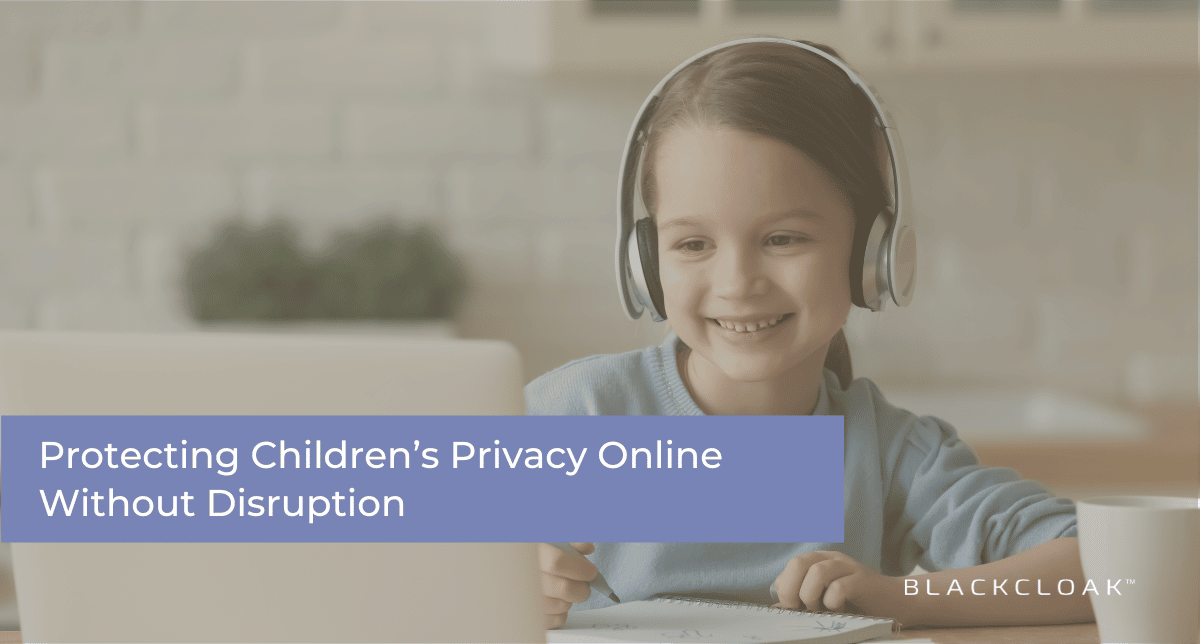Protecting Children’s Privacy Online Without Disruption

It is estimated that, for the past decade, over 90% of American children have had an online presence by the age of two. Often referred to as digital natives, today’s adolescents and teenagers have grown up with a smartphone in one hand, a gaming console controller in the other, and a voice activated smart speaker within a stones throw.
The ubiquity of connectivity is the primary reason why protecting children’s privacy online is an urgent priority among parents, guardians, politicians, and teachers alike. Fears over online fraud, identity theft, internet scams, and cyberbullying, among other threats, are now so top of mind that President Biden even directly appealed to Congress to legislate greater children’s privacy protections during February’s State of the Union.
Today, the dark web is increasingly saturated with personal data tied to children. The availability of confidential information has led to over 1 million cases of identity theft tied to children annually, costing roughly $3 billion to properly remediate. These are simply the reported incidents: the actual impact is likely more significant.
Identity theft isn’t the only output of privacy incursions. In 2020, online scams tied to social engineering cost teenagees more than $71 million. Further, a study by Security.org found that 1 in 5 children ages 10-18 have been a victim of cyberbullying.
Six unobtrusive safeguards to protect your children’s privacy online
Much as the sky is blue, digital risks to your children’s online privacy will always be present.
Fortunately, there are six unobtrusive safeguards you can implement to protect your children’s online privacy without disrupting their online experience.
These safeguards include prohibiting your children from:
- Downloading any content unless you or another trusted adult has approved. Regularly check your child’s download history and block automatic downloads settings when possible.
- Sharing family names, addresses, and phone numbers unless it is legitimately requested during a parent-approved purchase or download.
- Accepting unknown friend requests on social media platforms, in chat rooms, or in gaming environments.
- Sharing private pictures, as information can be discerned from timestamps, facial recognition programs and image searches.
- Using their real name in an online gaming environment. Help them create an avatar that cannot easily match to a real-world persona.
- Downloading any attachments or clicking on any links in an email unless you or another adult has approved.
See something, say something
It’s essential to talk to your children about cyberbullying, cyberstalking, and cybercrime. Children should know to immediately engage you or another adult if they are the subject of, or witness to, any form of online harassment. Likewise, your children should know to immediately turn off their devices and alert an adult should they suspect or confirm that malicious activity that could serve as an early indication of a cyberattack or fraud is present.
Setting guidelines for children can be tricky and isn’t always easy. But these best practices for children’s online privacy protection will not interrupt their online experience, nor will they prevent children from capitalizing on what the internet has to offer. As digital natives, your children will understand why these guidelines are important.
We For more information on how BlackCloak helps protect online privacy, read Breaking Down BlackCloak Part 1.






